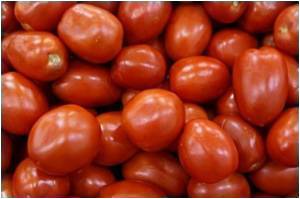Gene DUO1, acts as a control system and governs the sperm cell production in flowering plants, says a study.

The research identifies for the first time that DUO1 switches on a battery of genes that together govern sperm cell production and their ability to produce seeds.
The findings have implications for plant fertility, seed production - and could be used to help produce improved crops to help meet food shortages.
Professor David Twell and colleagues in the Department of Biology at the University of Leicester previously reported the discovery of a master regulator protein called DUO1 that has a critical role in allowing precursor reproductive cells to divide once to form twin sperm cells. The discovery of a battery of genes governed by DUO1 has shed light on the mechanisms by which plants control sperm cell formation and fertility.
Twell said: "Unlike animals, flowering plants require not one, but two sperm cells for successful reproduction. These two sperm cells are housed within pollen grains, which act as a vehicle to deliver the sperm cells to the female sex cells within a flower.
"One sperm cell will join with the egg cell to produce the future plant or embryo, whilst the other will join with a second cell deep within the flower (the central cell) to produce a nutrient-rich tissue called the endosperm. Together these two structures make up the seeds and grains that form the staple food of humans and livestock across the globe.
"A mystery in this 'double fertilisation' event was how each pollen grain could produce the pair of sperm cells needed to make seeds. We now report that the regulatory gene DUO1 switches on a battery of genes that together govern sperm cell production and their ability to fuse with the egg and central cells. So in effect DUO1 acts as a master switch to ensure twin fertile sperm cells are made. "
The study has been published in the journal The Plant Cell.
Source-ANI












